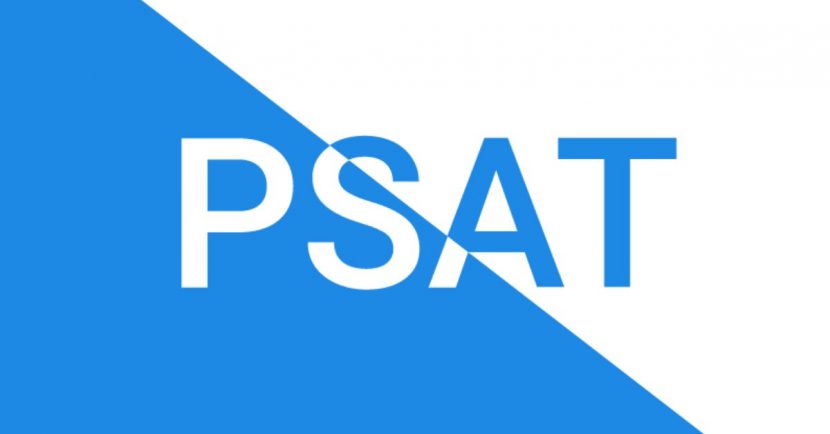Need-to-Know PSAT Guide
October 25, 2020
The Preliminary Scholastic Aptitude Test, better known as the abbreviated PSAT, is not one, but rather a series of tests commonly administered to high schoolers. Not to be confused with the notorious SAT, the PSAT 8/9, PSAT 10, and PSAT/NMSQT are all exams that fall under the PSAT umbrella term. Although the three College Board issued tests are similar, each assessing a student’s knowledge of standard grade-level subjects, there exist stark differences between them.
The PSAT 8/9 is perhaps the least complex test across the PSATs, primarily due to its status as one to be taken by 8th and 9th graders. Scored from 240-1440 and administered to Warren Township High School freshmen in April, the exam consists of three sections: math, reading, and writing. The math portion contains 38 total questions that cover the Heart of Algebra, Problem Solving and Data Analysis, and Passport to Advanced Math. It is further divided into a calculator and no calculator section, both to be completed within an hour. The passage-based reading and writing sections contain 42 and 40 multiple choice questions, respectively. 55 minutes are allotted for the former, 30 on the latter.
The PSAT 10 is the exam commonly taken by students during 10th grade, hence its name. Nearly identical to the PSAT/NMSQT, the test is scored from 320-1520 and contains the same three sections as the PSAT 8/9. It would appear that the only difference lies in their purpose. Intended for juniors, the PSAT/NMSQT is the preliminary SAT that has the potential to allow students to qualify for the National Merit Scholarship Program, granted they score within the top 1% of all test takers within their region. The PSAT 10 is used as a means of preparation for the test. Although sophomores can take the PSAT/NMSQT, they cannot qualify for the competition, regardless of their score. Both exams are two hours and 45 minutes long with 139 questions (47 reading, 44 writing, and 48 math). Similarly to the PSAT 8/9, the PSAT 10 is also administered in April at Warren Township High School. Conversely, the PSAT/NMSQT occurs in October.
In summary, the PSAT is a collection of three tests intended to test a student’s college readiness and preparedness for the SAT. The PSAT 8/9 and 10 are essentially used for practice, whereas the PSAT/NMSQT allows for scholarship qualification. These exams, although often overshadowed by the SAT, are still significant portions of high school standardized testing and should be viewed by students as such.
Sources: https://blog.prepscholar.com/what-is-the-psat-10-complete-guide, http://collegeadmissions.testmasters.com/psat-89-psat-10-psatnmsqt-difference/









